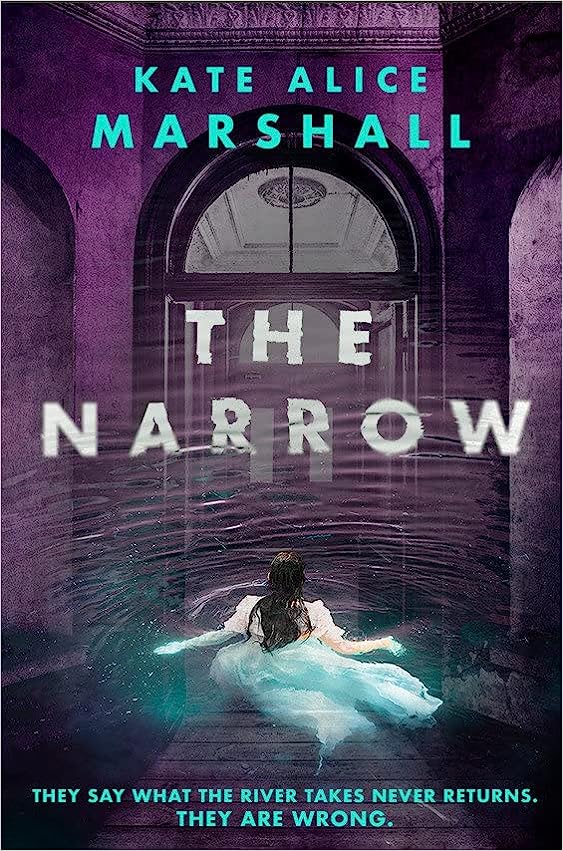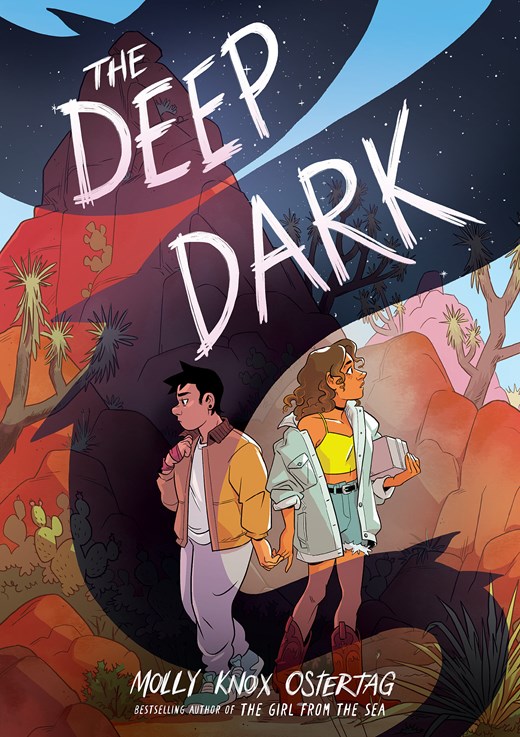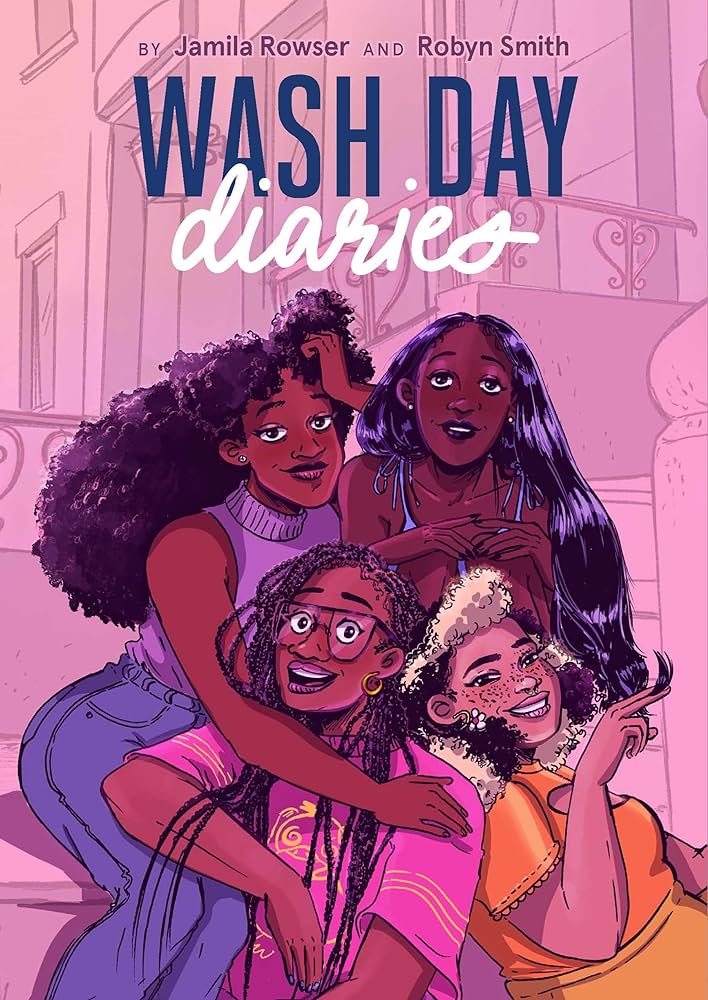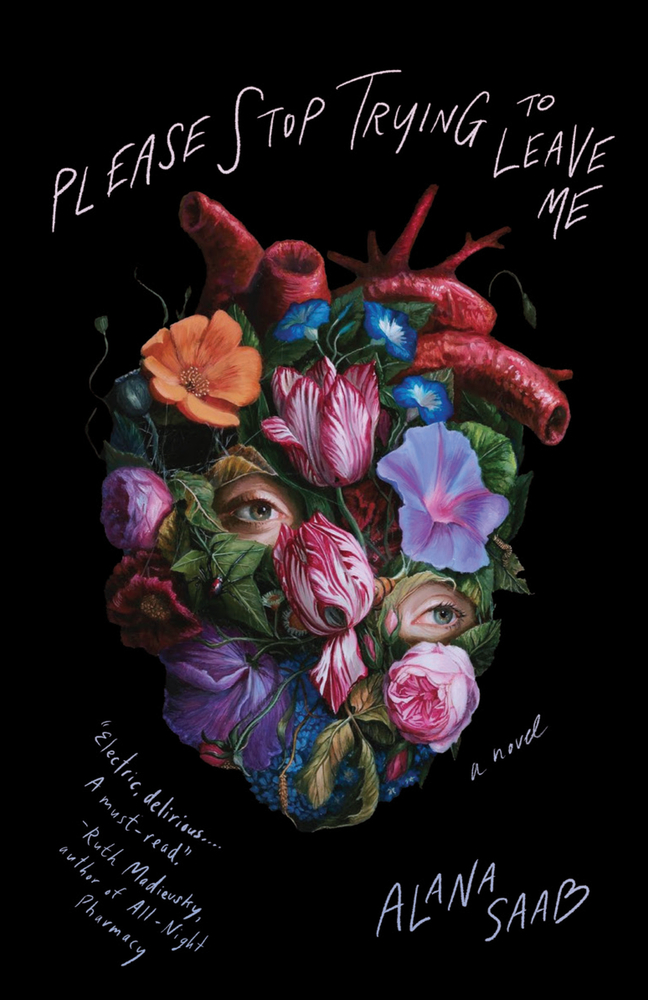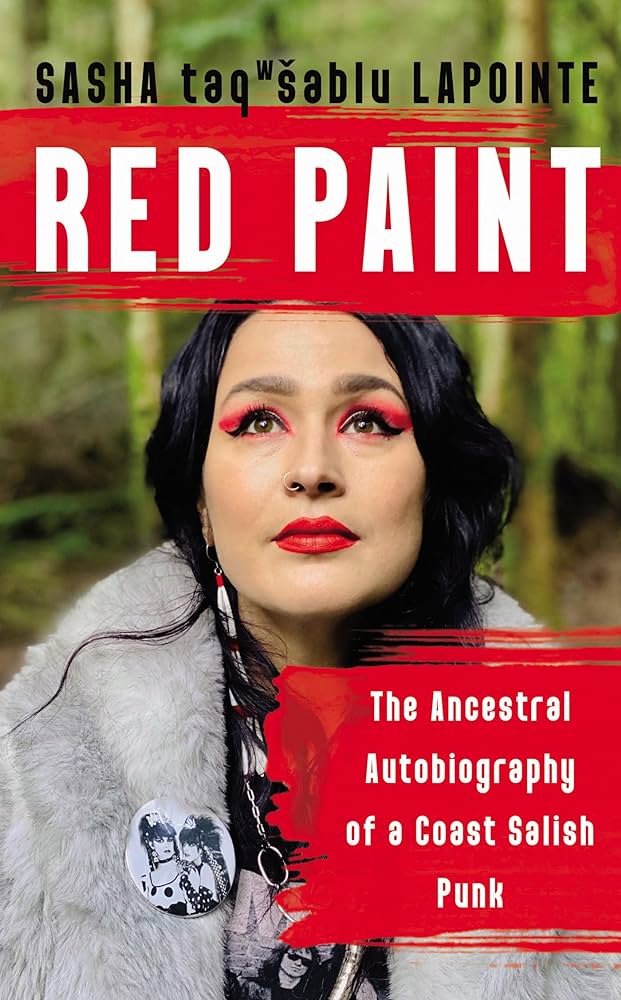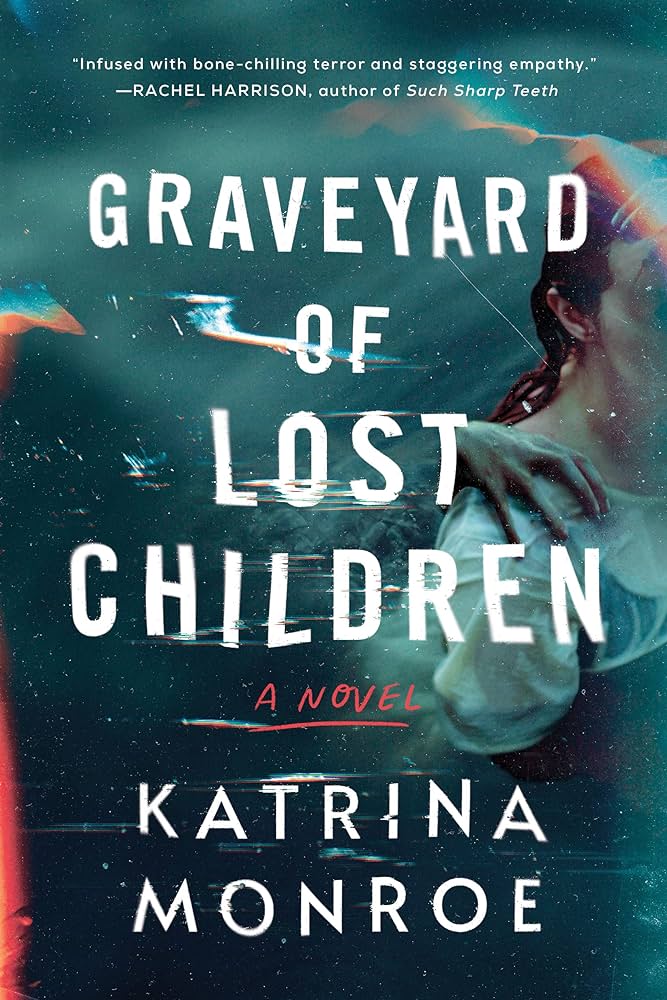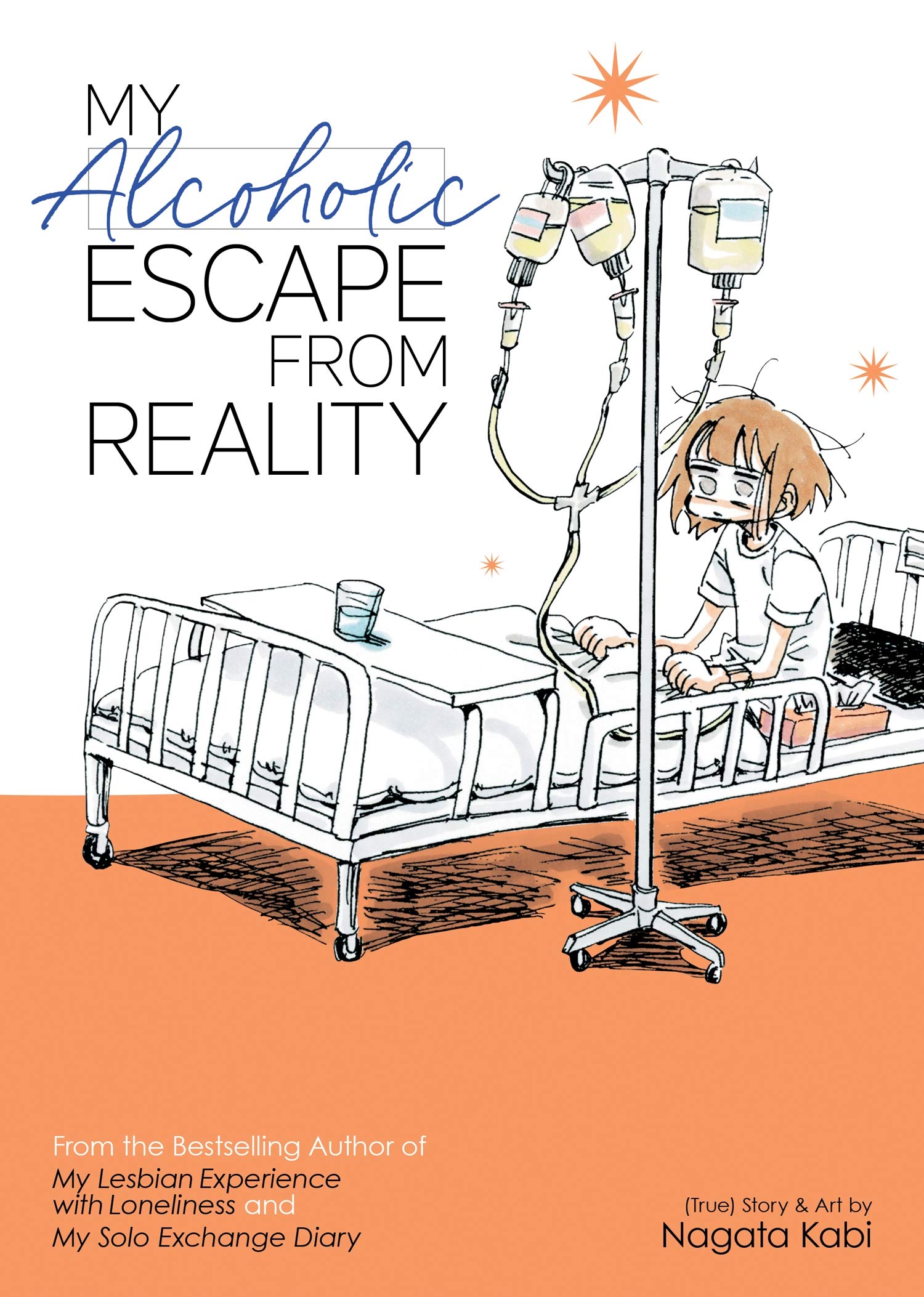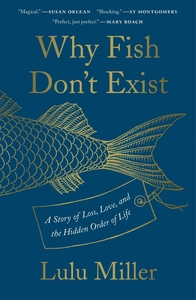When I got a promotional email about this book, I asked the publisher if there was a queer main character, because I couldn’t tell from the description. It’s funny that I had to clarify, because this is a very queer book: the main character is bisexual, there’s an F/F romance, and there are several queerRead More
The Queer Graphic Novel That Had Me Sobbing at 3 A.M.: The Deep Dark by Molly Knox Ostertag
Buy this from Bookshop.org to support local bookstores and the Lesbrary! You’re all fired for not tell me how good this is. I liked The Girl From the Sea, so I put a hold on Ostertag’s newest sapphic graphic novel, but I hadn’t heard anything about it, so I my expectations were pretty grounded. IRead More
Love, Friendship, and Hair Care: Wash Day Diaries by Jamila Rowser and Robyn Smith
Buy this from Bookshop.org to support local bookstores and the Lesbrary! In Wash Day Diaries, readers follow a group of four young Black women from the Bronx, getting a glimpse of their daily lives through their hair care routine and wash day experiences. Presented as five interconnected short story comics, we get to meet Kim, whoRead More
A Debut with Staying Power: Please Stop Trying to Leave Me by Alana Saab
Buy this from Bookshop.org to support local bookstores and the Lesbrary! Please Stop Trying to Leave Me is a deeply engrossing, frenetic, and thought-provoking debut by Portuguese-Lebanese-American writer and screenwriter Alana Saab (she/her). The story is narrated by Norma, a twenty-seven-year-old, privileged young woman living in present-day New York in the wake of a mental health breakdown. DescribedRead More
Memoir of a Queer Coast Salish Punk: Red Paint by Sasha taqʷšəblu LaPointe
Buy this from Bookshop.org to support local bookstores and the Lesbrary! “I no longer wish to be called resilient. Call me reckless, impatient, and emotional. Even Indigenous. Call my anything other than survivor. I am so many more things than brave.” One of my favourite books I’ve read this year is Thunder Song, LaPointe’s newestRead More
A Wacky Adventure Through Working Retail and the Multiverse: Finna by Nino Cipri
Buy this from Bookshop.org to support local bookstores and the Lesbrary! Ava just broke up with her partner, Jules. They both work at an Ikea-like furniture store, but they’ve been managing to work different shifts after the breakup… until today. That’s already awkward enough before they discover a portal and are tasked with going throughRead More
Ghosts or Post-Partum Depression? Graveyard of Lost Children by Katrina Monroe
Buy this from Bookshop.org to support local bookstores and the Lesbrary! After giving birth to her daughter, Olivia is struggling—not just with being a first-time mother, but mostly from being haunted. She hears voices whispering terrible things to her, a black-haired ghost is following her in her nightmares, and her body is deteriorating rapidly fromRead More
A Cozy Queer Comic of Community: Matchmaker by Cam Marshall
Buy this from Bookshop.org to support local bookstores and the Lesbrary! This was a surprise, last-minute entry in my list of favourite reads of 2023! I stumbled on this while researching new releases for Our Queerest Shelves, and I was pleasantly surprised to see it was by a local British Columbia author/artist! I requested itRead More
Susan reviews My Alcoholic Escape From Reality by Nagata Kabi
Amazon Affiliate Link | Bookshop.org Affiliate Link Nagata Kabi is back with My Alcoholic Escape From Reality! The mangaka behind My Lesbian Experience With Loneliness and My Solo Exchange Diary returns with another memoir, this time about being hospitalised for acute pacreatis resulting from her alcoholism. My Alcoholic Escape From Reality feels a lot moreRead More
Danika reviews Why Fish Don’t Exist: A Story of Loss, Love, and the Hidden Order of Life by Lulu Miller
Amazon Affiliate Link | Bookshop.org Affiliate Link I couldn’t tell you why I started listening to Why Fish Don’t Exist. I must have heard it recommended somewhere, because it was on my audiobook app favorites list, so I gave it a try as something that looked entertaining, but didn’t seem like it would requite myRead More
